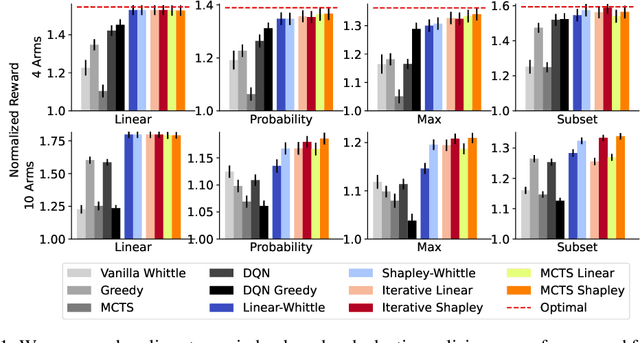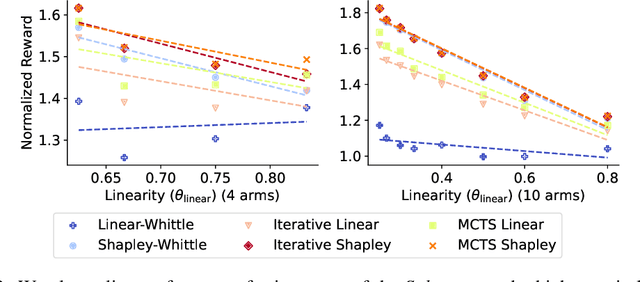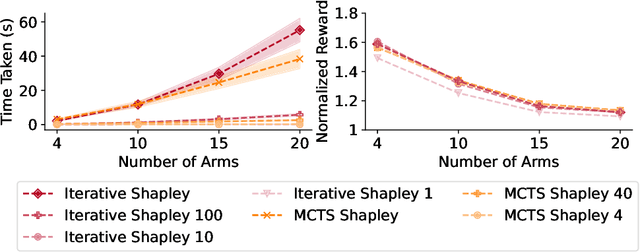Ryan Shi
MMBERT: Scaled Mixture-of-Experts Multimodal BERT for Robust Chinese Hate Speech Detection under Cloaking Perturbations
Aug 01, 2025Abstract:Hate speech detection on Chinese social networks presents distinct challenges, particularly due to the widespread use of cloaking techniques designed to evade conventional text-based detection systems. Although large language models (LLMs) have recently improved hate speech detection capabilities, the majority of existing work has concentrated on English datasets, with limited attention given to multimodal strategies in the Chinese context. In this study, we propose MMBERT, a novel BERT-based multimodal framework that integrates textual, speech, and visual modalities through a Mixture-of-Experts (MoE) architecture. To address the instability associated with directly integrating MoE into BERT-based models, we develop a progressive three-stage training paradigm. MMBERT incorporates modality-specific experts, a shared self-attention mechanism, and a router-based expert allocation strategy to enhance robustness against adversarial perturbations. Empirical results in several Chinese hate speech datasets show that MMBERT significantly surpasses fine-tuned BERT-based encoder models, fine-tuned LLMs, and LLMs utilizing in-context learning approaches.
Global Rewards in Restless Multi-Armed Bandits
Jun 02, 2024



Abstract:Restless multi-armed bandits (RMAB) extend multi-armed bandits so pulling an arm impacts future states. Despite the success of RMABs, a key limiting assumption is the separability of rewards into a sum across arms. We address this deficiency by proposing restless-multi-armed bandit with global rewards (RMAB-G), a generalization of RMABs to global non-separable rewards. To solve RMAB-G, we develop the Linear- and Shapley-Whittle indices, which extend Whittle indices from RMABs to RMAB-Gs. We prove approximation bounds but also point out how these indices could fail when reward functions are highly non-linear. To overcome this, we propose two sets of adaptive policies: the first computes indices iteratively, and the second combines indices with Monte-Carlo Tree Search (MCTS). Empirically, we demonstrate that our proposed policies outperform baselines and index-based policies with synthetic data and real-world data from food rescue.
Precision Rehabilitation for Patients Post-Stroke based on Electronic Health Records and Machine Learning
May 09, 2024



Abstract:In this study, we utilized statistical analysis and machine learning methods to examine whether rehabilitation exercises can improve patients post-stroke functional abilities, as well as forecast the improvement in functional abilities. Our dataset is patients' rehabilitation exercises and demographic information recorded in the unstructured electronic health records (EHRs) data and free-text rehabilitation procedure notes. We collected data for 265 stroke patients from the University of Pittsburgh Medical Center. We employed a pre-existing natural language processing (NLP) algorithm to extract data on rehabilitation exercises and developed a rule-based NLP algorithm to extract Activity Measure for Post-Acute Care (AM-PAC) scores, covering basic mobility (BM) and applied cognitive (AC) domains, from procedure notes. Changes in AM-PAC scores were classified based on the minimal clinically important difference (MCID), and significance was assessed using Friedman and Wilcoxon tests. To identify impactful exercises, we used Chi-square tests, Fisher's exact tests, and logistic regression for odds ratios. Additionally, we developed five machine learning models-logistic regression (LR), Adaboost (ADB), support vector machine (SVM), gradient boosting (GB), and random forest (RF)-to predict outcomes in functional ability. Statistical analyses revealed significant associations between functional improvements and specific exercises. The RF model achieved the best performance in predicting functional outcomes. In this study, we identified three rehabilitation exercises that significantly contributed to patient post-stroke functional ability improvement in the first two months. Additionally, the successful application of a machine learning model to predict patient-specific functional outcomes underscores the potential for precision rehabilitation.
 Add to Chrome
Add to Chrome Add to Firefox
Add to Firefox Add to Edge
Add to Edge